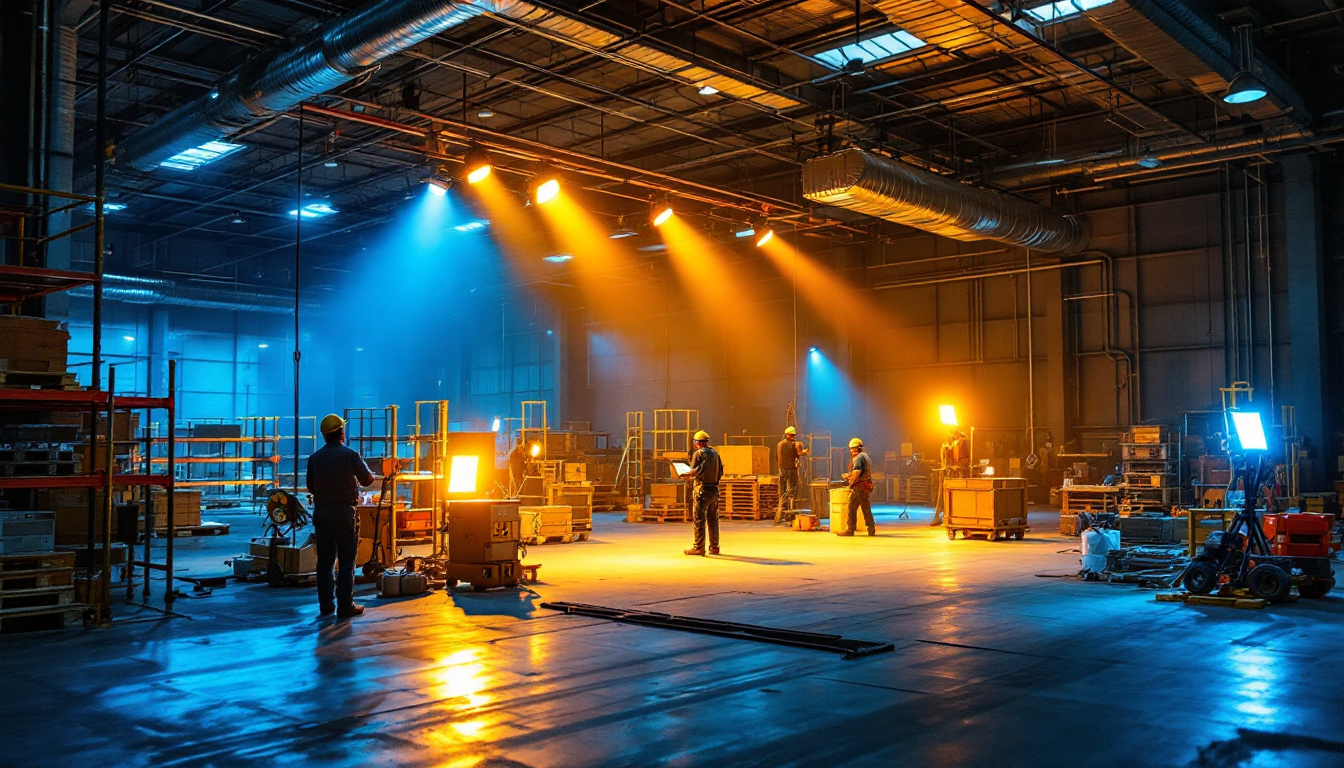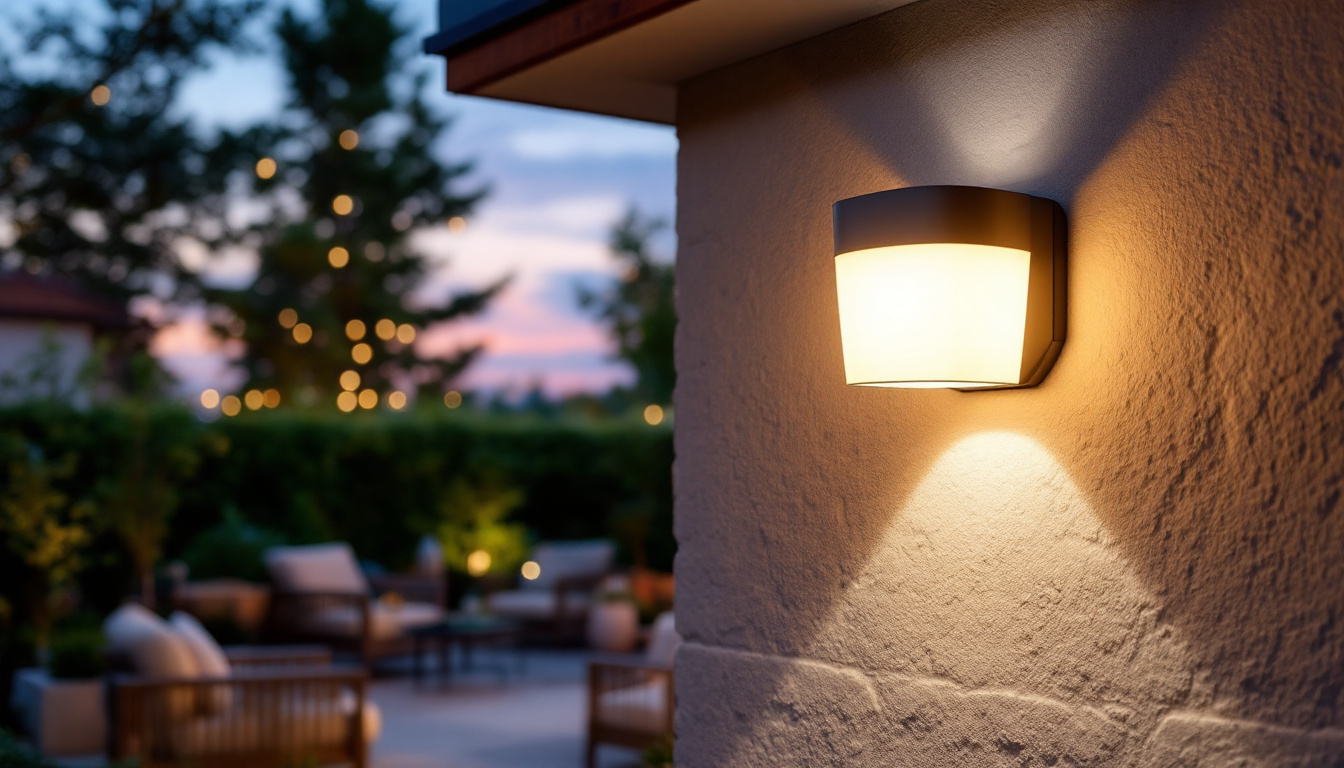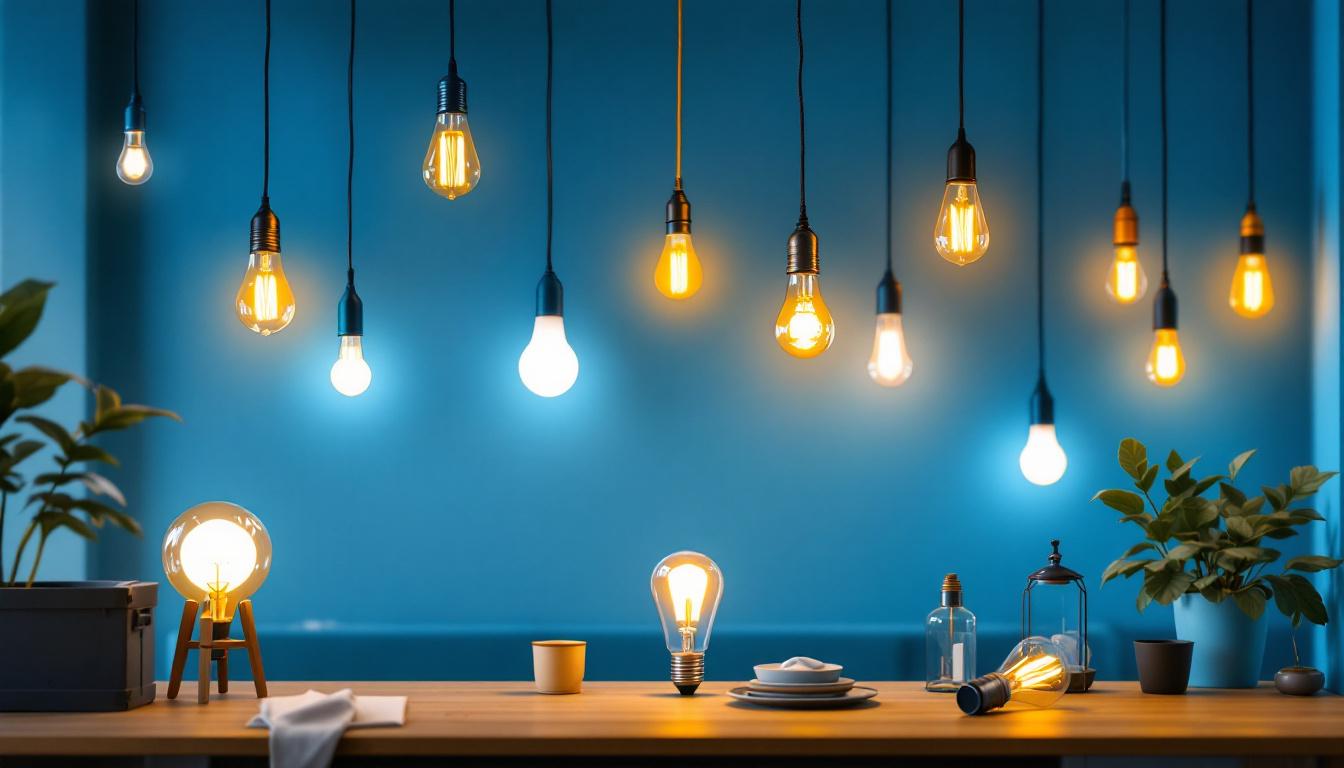
In the ever-evolving world of lighting solutions, 4 ft LED lighting fixtures have emerged as a popular choice for both residential and commercial applications. As a lighting contractor, understanding the nuances of these fixtures is crucial for meeting client expectations and delivering exceptional results. This article explores the key aspects that clients expect contractors to know about 4 ft LED lighting, from energy efficiency to installation best practices.
4 ft LED lights are versatile and commonly used in various settings, including offices, warehouses, and retail spaces. Their length makes them ideal for illuminating long areas, providing consistent light distribution while minimizing shadows. Clients often seek these fixtures for their efficiency and longevity, making it essential for contractors to be well-versed in their specifications and advantages. The adaptability of these lights also allows for creative installation options, such as suspended mounting or surface mounting, which can enhance the aesthetic appeal of a space while ensuring optimal illumination.
One of the primary reasons clients opt for 4 ft LED lighting is its energy efficiency. Compared to traditional fluorescent or incandescent bulbs, LED fixtures consume significantly less power, resulting in lower energy bills. Clients expect contractors to explain the potential savings on electricity costs and how these savings can contribute to a quick return on investment. Furthermore, many LED products are now equipped with smart technology, allowing for dimming and scheduling capabilities that can further optimize energy use and enhance user convenience.
Additionally, the longevity of LED lights—often lasting up to 25,000 hours or more—means that clients will spend less on replacement bulbs and maintenance. This aspect is particularly appealing to businesses looking to reduce operational costs. Contractors should be prepared to provide detailed comparisons between LED and traditional lighting options, highlighting the long-term benefits. The reduced frequency of replacements not only saves money but also minimizes disruptions in the workplace, allowing for a more efficient operation.
As sustainability becomes a priority for many clients, understanding the environmental impact of lighting choices is essential. LED lights are free of harmful substances like mercury, which is commonly found in fluorescent bulbs. This makes them a safer option for disposal and reduces the overall environmental footprint. Moreover, the manufacturing process of LED lights has been evolving, with many companies now focusing on sustainable practices, such as using recyclable materials and reducing waste during production.
Contractors should be equipped to discuss the broader implications of choosing LED lighting, including reduced carbon emissions and lower energy consumption. Clients often appreciate contractors who can articulate the environmental benefits of their lighting choices, as it aligns with their corporate social responsibility goals. In addition, the shift towards LED lighting supports global efforts to combat climate change, as increased adoption of energy-efficient technologies can lead to significant reductions in greenhouse gas emissions. This holistic approach to lighting not only benefits individual businesses but also contributes to a healthier planet for future generations.
Clients may not be lighting experts, but they often have specific expectations regarding the technical specifications of 4 ft LED fixtures. As a contractor, it’s vital to understand these specifications to provide informed recommendations. This knowledge not only enhances client satisfaction but also builds trust, as clients feel more confident in your expertise and ability to meet their unique needs.
Lumen output is a key factor in determining the brightness of a lighting fixture. Clients typically expect contractors to explain how lumens correlate with their specific lighting needs. For instance, a workspace requiring bright, focused light will have different lumen requirements than a cozy living room. Understanding the specific application of the lighting can help in recommending the right fixtures, as a well-lit environment can significantly enhance productivity and comfort.
When discussing lumen output, contractors should also address the concept of “lumens per watt” to illustrate efficiency. Clients appreciate when contractors can provide guidance on selecting fixtures that offer the best balance of brightness and energy consumption. Furthermore, it’s beneficial to explain how higher efficiency not only reduces electricity bills but also contributes to a more sustainable environment, which is becoming increasingly important to many clients.
Color temperature, measured in Kelvin (K), significantly affects the ambiance of a space. Clients often have preferences for warm or cool lighting, which can influence their mood and productivity. For example, warmer tones (around 2700K to 3000K) are ideal for creating a relaxed atmosphere, while cooler tones (4000K to 5000K) are better suited for work environments. It can be helpful to provide samples or visual aids to help clients visualize how different color temperatures will look in their spaces.
Contractors should be prepared to discuss the implications of color temperature on their clients’ spaces, helping them make informed choices that align with their aesthetic and functional needs. Additionally, the concept of color rendering index (CRI) can be introduced, as it measures how accurately a light source displays colors in comparison to natural light. A higher CRI is often preferred in settings like art studios or retail spaces where color accuracy is crucial.
Proper installation is crucial for maximizing the performance of 4 ft LED lighting fixtures. Clients expect contractors to be knowledgeable about the different mounting options available, such as surface-mounted, suspended, or recessed fixtures. Each method has its advantages and is suitable for different environments. For example, suspended fixtures can create a modern look in open spaces, while recessed fixtures offer a clean, unobtrusive design that works well in residential settings.
Additionally, understanding local building codes and regulations related to electrical installations is essential. Clients appreciate contractors who can navigate these complexities, ensuring that installations are compliant and safe. It’s also important to discuss the potential need for additional electrical work, such as upgrading circuits or adding dimmer switches, which can enhance the functionality of the lighting system. By addressing these considerations upfront, contractors can help clients anticipate any additional costs or timelines involved in their lighting projects.
Beyond functionality, the aesthetic appeal of lighting fixtures plays a significant role in client satisfaction. Many clients are looking for fixtures that not only perform well but also complement their interior design.
4 ft LED lights come in various styles and finishes, from sleek and modern designs to more traditional looks. Clients often expect contractors to provide options that align with their design vision. Being knowledgeable about the latest trends in lighting design can help contractors make suitable recommendations.
Moreover, discussing the importance of fixture placement and how it affects the overall design of a space is vital. Clients appreciate when contractors can demonstrate how lighting can enhance architectural features or create focal points within a room.
As technology advances, many clients are interested in integrating smart lighting solutions into their spaces. This includes features like dimming capabilities, color-changing options, and remote control through smart devices. Contractors should be prepared to discuss the benefits of smart lighting and how it can improve convenience and energy efficiency.
Understanding the compatibility of 4 ft LED fixtures with smart home systems is crucial. Clients expect contractors to provide insights into the best products available and how they can seamlessly integrate into existing setups.
Clients often have concerns about the maintenance and longevity of their lighting solutions. As a contractor, addressing these concerns can significantly enhance client trust and satisfaction.
While LED lights are known for their longevity, clients may still have questions about maintenance. It’s essential to explain that although LED fixtures require less frequent replacement, they may still need occasional cleaning and inspection to ensure optimal performance.
Contractors should provide clients with clear maintenance guidelines, including how to clean fixtures safely and when to schedule inspections. This proactive approach can help clients feel more confident in their lighting choices.
Clients expect reliable warranties and support for their lighting products. Understanding the warranty terms for 4 ft LED fixtures is essential for contractors, as it allows them to provide accurate information to clients. A strong warranty can reassure clients that they are making a sound investment.
Additionally, being available for post-installation support can enhance client satisfaction. Whether addressing concerns about performance or providing troubleshooting assistance, contractors who remain engaged after the sale can build lasting relationships with their clients.
In the competitive landscape of lighting contracting, understanding the expectations clients have regarding 4 ft LED lighting is crucial for success. From energy efficiency and technical specifications to aesthetics and maintenance, contractors must be knowledgeable and prepared to address a wide range of client concerns.
By staying informed about the latest trends and technologies in LED lighting, contractors can position themselves as trusted advisors, helping clients make informed decisions that align with their needs and preferences. Ultimately, meeting client expectations not only leads to successful projects but also fosters long-term relationships and referrals in the industry.
In conclusion, contractors should embrace the opportunity to educate their clients about the benefits and features of 4 ft LED lighting. By doing so, they can ensure that clients feel confident in their choices, paving the way for successful installations and satisfied customers.
Ready to exceed your clients’ expectations with premium 4 ft LED lighting solutions? Look no further than LumenWholesale, where we offer an extensive selection of spec-grade lighting products designed to meet the demands of any project. Benefit from our commitment to quality, affordability, and convenience, ensuring you deliver the best to your clients without the burden of inflated costs. Take advantage of our hassle-free bulk buying and free shipping today. Elevate your lighting game and explore our collection for the best wholesale lighting value.

Discover the top LED lights revolutionizing warehouse illumination and enhancing efficiency for lighting contractors.

Discover essential insights into bathroom lighting fixtures that every lighting contractor should know.

Explore the pros and cons of outdoor flush mount lights compared to other lighting options.

Discover how Light Bulbs Unlimited & Lighting Solutions can transform your space with innovative lighting strategies.